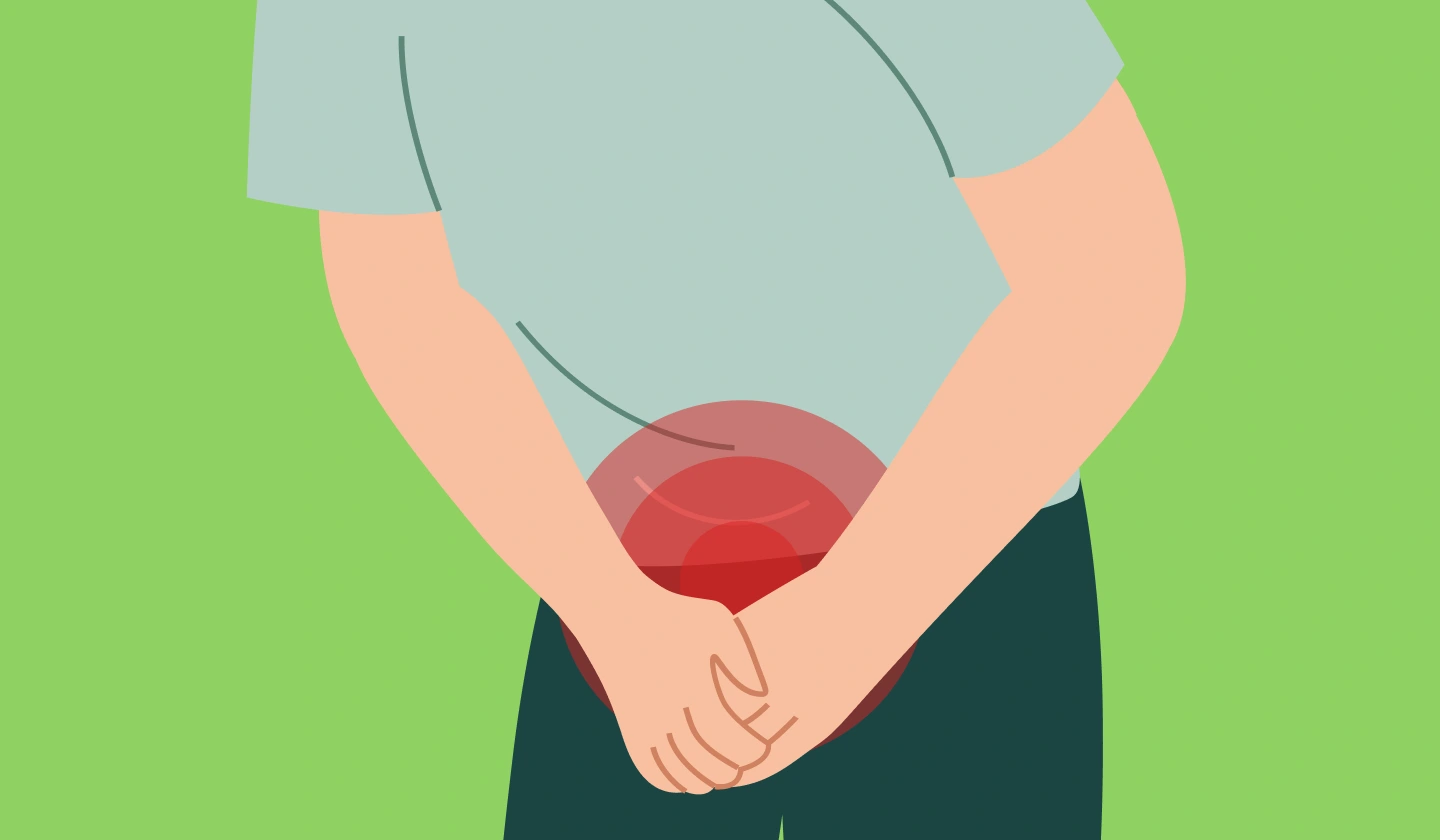
Men in Beverly Hills who experience ongoing pelvic pain, urinary discomfort, or sexual challenges that do not go away are far from alone. These symptoms are often linked to chronic prostatitis, also known as Chronic Prostatitis/Chronic Pelvic Pain Syndrome (CP/CPPS), which affects an estimated 10% of men over the course of their lives.
Interestingly, research shows that nearly all of these men—about 97%—do not have a true infection in the prostate or bladder, despite common treatment with antibiotics. Instead, the pain often stems from dysfunction in the pelvic floor muscles. Tightness, inflammation, or lack of coordination in these muscles can create sensations similar to those of prostate conditions.
For men in Beverly Hills facing these frustrating issues, pelvic floor and occupational therapy at PHRC offers a solution. Our experienced physical and occupational therapists focus on relieving muscle tension, improving mobility, and correcting pelvic floor dysfunction. By addressing the underlying muscular causes, we help patients achieve long-lasting comfort and enhanced daily functioning.
What are the Causes of Chronic Pelvic Pain Syndrome in Men?
Chronic Pelvic Pain Syndrome generally does not originate from a prostate infection, even though many men are incorrectly told otherwise. The real causes frequently involve muscular, vascular, or spinal issues affecting the pelvic floor.
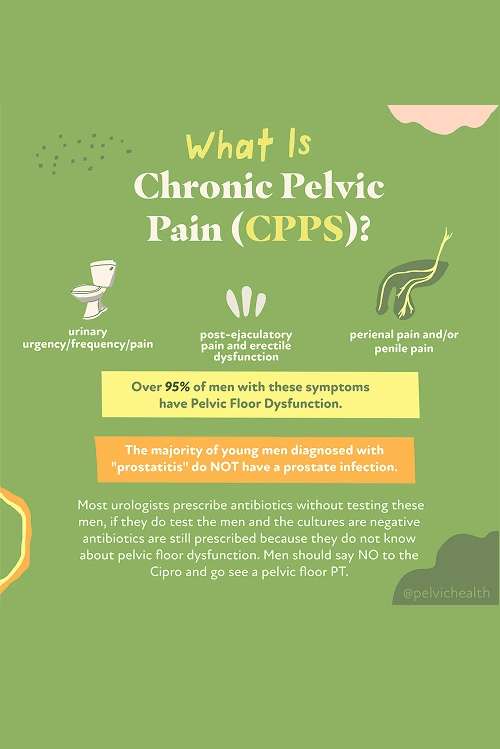
- Lumbar pathology: Nerves that supply the pelvis originate in the lower back. Disc herniations, arthritis, or nerve irritation can radiate pain into the pelvic region, creating sensations similar to prostate discomfort.
- Vascular pathology: Pelvic blood flow irregularities such as varicoceles or venous congestion can produce pressure, aching, or heaviness that is often mistaken for prostate issues.
- Pelvic floor pathology: The pelvic floor muscles act as a supportive hammock beneath the pelvis. Muscle tightness, spasm, or uncoordinated contraction can irritate nerves and cause pain that seems like it comes from the prostate or bladder, but the muscles themselves are typically the true source.
Other contributing factors may include:
- Past surgeries such as vasectomy or prostate procedures
- Structural issues like hip dysfunction, scoliosis, or leg length differences
- Excessive or sudden changes in exercise
- Long hours of sitting
- Chronic constipation or frequent straining
- Trauma or stress to the pelvic area
Even though numerous factors might aggravate chronic pelvic pain, most men, particularly those struggling with urinary or bowel disturbances, have a primary issue rooted in pelvic floor dysfunction.
Symptoms of Chronic Pelvic Pain Syndrome
The signs of CPPS can be misleading because they frequently appear similar to prostate or bladder problems, while the actual source lies in the muscles of the pelvic floor. Men experiencing CPPS may observe:
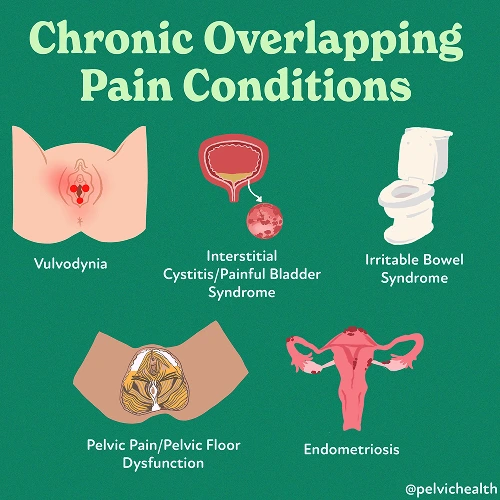
- Aching, pressure, or sharp pain in the lower abdomen, pubic area, or perineum
- Discomfort that feels like it is coming from the urethra, testicles, or tip of the penis
- Urgency, frequent urination, weak urine stream, or difficulty fully emptying the bladder
- Burning or stinging sensations even without infection
- Pain during or following ejaculation, erectile challenges, or decreased sexual satisfaction
- Tightness or ongoing aching overlapping with pelvic discomfort
- A feeling of heaviness, tension, or pressure in the pelvic floor muscles
Associated Diagnoses
Men experiencing chronic pelvic pain may have several possible medical explanations. Some stem from spinal issues, others from vascular complications, and many involve dysfunction in the pelvic floor muscles.
Issues in the lower back, including nerve compression, disc degeneration, or arthritis of the spine, can irritate nerves that serve the pelvic region. These problems can create sensations that closely mimic prostate discomfort. Vascular conditions, such as varicocele, pelvic venous congestion, or other circulatory disturbances, can result in aching, pressure, or sharp pain. Although Chronic Pelvic Pain Syndrome is the most frequent diagnosis, pelvic floor dysfunction is often present alongside conditions such as pudendal neuralgia, painful bladder syndrome, or hard flaccid syndrome.
In numerous instances, the pelvic floor muscles themselves become the key contributor. Their dysfunction can produce pain directly or exacerbate symptoms from spinal or vascular origins, highlighting the importance of targeted muscular treatment.
Diagnostic Challenges
Men with chronic pelvic pain often face years of misdiagnosis before they find the correct explanation. Many are initially told they have prostatitis and are prescribed antibiotics, even though laboratory testing shows no actual infection. Studies indicate that more than ninety percent of men reporting urogenital or pelvic pain do not have a bacterial infection in the prostate.
Most of these men are classified under Category III in the National Institutes of Health (NIH) prostatitis system. The five NIH categories are:
- Category I: Acute bacterial prostatitis (true infection, sudden and severe)
- Category II: Chronic bacterial prostatitis (chronic infection, often with repeat UTIs)
- Category IIIa: Inflammatory CPPS (white blood cells seen on testing, but no bacteria)
- Category IIIb: Non-inflammatory CPPS (no white blood cells or infection, but symptoms are present)
- Category IV: Asymptomatic inflammatory prostatitis (inflammation without symptoms)
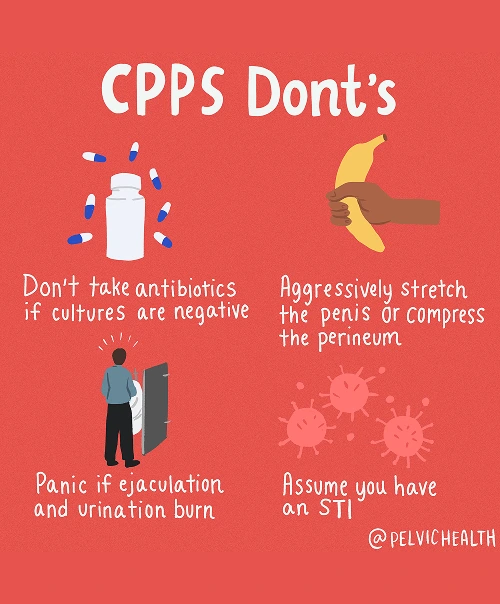
Most of these men are classified under Category III in the National Institutes of Health (NIH) prostatitis system. The five NIH categories are:
- Category I: Acute bacterial prostatitis (true infection, sudden and severe)
- Category II: Chronic bacterial prostatitis (chronic infection, often with repeat UTIs)
- Category IIIa: Inflammatory CPPS (white blood cells seen on testing, but no bacteria)
- Category IIIb: Non-inflammatory CPPS (no white blood cells or infection, but symptoms are present)
- Category IV: Asymptomatic inflammatory prostatitis (inflammation without symptoms)

For men dealing with persistent pelvic discomfort, diagnostic tests can be misleading. Spinal issues or vascular problems may produce pain that feels identical to pelvic floor dysfunction, yet standard testing often shows no abnormalities. This can result in repeated referrals to different doctors and prescriptions for antibiotics that do not alleviate the symptoms. Pelvic floor physical and occupational therapy offers a targeted solution, addressing the actual muscular causes of pain and helping men regain comfort and normal function over the long term.
Symptoms of Chronic Pelvic Pain Syndrome
Because the majority of CPPS cases are not caused by infections, treatment emphasizes restoring proper function and balance rather than prescribing antibiotics. The goal is to normalize pelvic floor muscle activity, ease nerve irritation, and consider additional physical contributors to pain or tension.
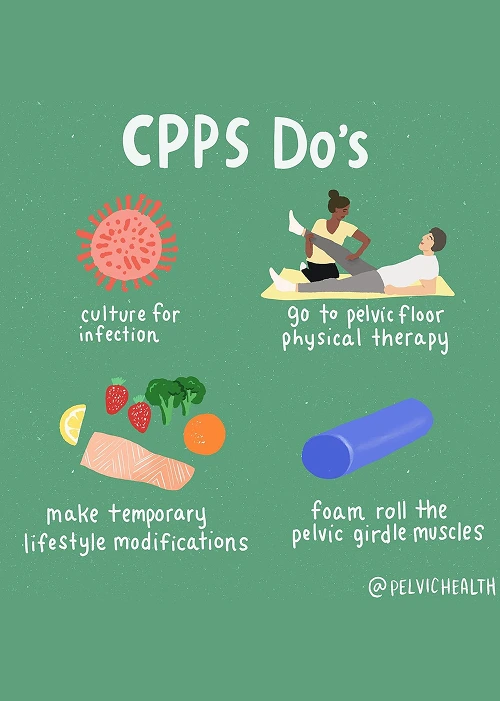
- Pelvic floor physical and occupational therapy: This is the most important aspect of treatment. Techniques to relax tight muscles, improve movement patterns, and calm overactive nerves help men experience noticeable pain relief and restored comfort.
- Spine and back treatment: Dysfunction in the lumbar spine or sciatic nerve pathways can contribute to pelvic discomfort. Treatment focuses on improving posture, spinal mobility, and alignment, with some patients also receiving anti-inflammatory injections when appropriate.
- Vascular-related treatment: Venous congestion and circulatory strain can intensify pelvic pain. By addressing blood flow through breathing exercises, postural adjustments, and relaxation, therapy reduces vascular-related tension.
- Biomechanical support: Adjusting hip and pelvic alignment and improving movement efficiency helps distribute forces evenly, relieving pressure on the pelvic floor and surrounding structures.
- Lifestyle adjustments: Everyday habits such as monitoring bowel regularity, breaking up long periods of sitting, and adding gentle activity to daily routines play a crucial role in symptom management.
How We Can Help with Your Chronic Pelvic Pain
Living with chronic pelvic pain as a man in Beverly Hills can be confusing and discouraging. Many have received multiple courses of antibiotics or differing medical opinions, yet long-lasting relief remains elusive. PHRC offers specialized evaluations led by pelvic floor physical and occupational therapists who focus on men’s pelvic health to provide clarity and direction.
The evaluation process begins with a detailed discussion of your symptoms, prior treatments, and medical history. Your therapist seeks to understand how the pain influences your work, social life, and daily activities. Our team prioritizes compassion and open communication, recognizing the stress and fatigue that can accompany this condition.
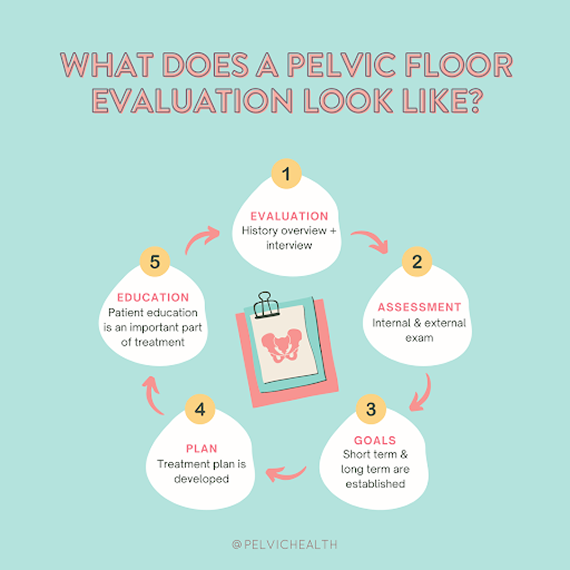
How We Can Help with Your Chronic Pelvic Pain
Living with chronic pelvic pain as a man in Beverly Hills can be confusing and discouraging. Many have received multiple courses of antibiotics or differing medical opinions, yet long-lasting relief remains elusive. PHRC offers specialized evaluations led by pelvic floor physical and occupational therapists who focus on men’s pelvic health to provide clarity and direction.
The evaluation process begins with a detailed discussion of your symptoms, prior treatments, and medical history. Your therapist seeks to understand how the pain influences your work, social life, and daily activities. Our team prioritizes compassion and open communication, recognizing the stress and fatigue that can accompany this condition.

During your examination, the pelvic floor muscles, associated nerves, connective tissues, and movement patterns are assessed carefully. Following the evaluation, findings are reviewed and explained, allowing you to understand the potential causes of your discomfort. A customized plan is then developed to target immediate relief while supporting long-term recovery.
Sessions usually occur once or twice weekly over approximately three months and include a personalized home exercise plan to reinforce therapy outcomes. Your PHRC therapist coordinates care with other healthcare providers as needed. Our aim is to help men in Beverly Hills move forward confidently and comfortably, free from chronic pelvic pain.
